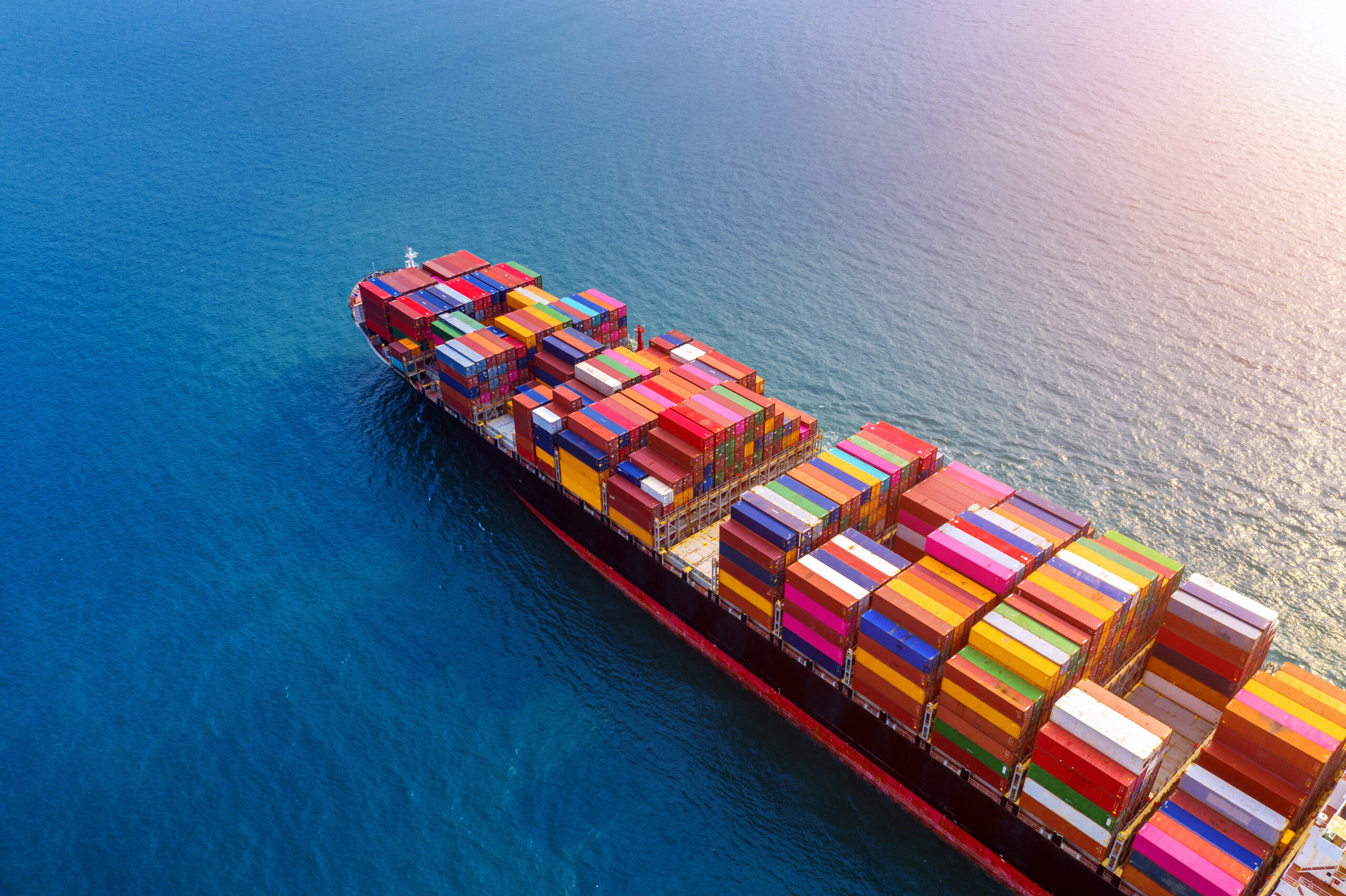
When Donald Trump assumes the U.S. presidency for a second time, one of the key challenges the cargo sea freight industry will face is adapting to new policies. From tariffs to administrative changes, the impact of the Trump administration will significantly affect maritime shipping businesses, especially amid high inventory levels and shifting consumer trends.
1. Impact of Tariff Policies
One of President Trump’s most notable policies during his first term was the implementation of tariffs. It is expected that tariffs will continue to be a major strategy in his second term. This could lead to increased costs for maritime shipping companies as they face higher import duties. Such policies will shift trade volumes from various markets, influencing the flow of goods into the U.S.
Tariff implementation not only increases direct costs for businesses but also disrupts global supply chains, forcing shipping companies to seek new routes and adjust logistics strategies to minimize losses.
2. Inventory Levels and Their Impact on Sea Freight
A crucial factor to consider in forecasting maritime shipping trends is the persistently high inventory levels in the U.S. economy. Prolonged inventory accumulation affects domestic consumption and places significant pressure on shipping companies when goods are not moving quickly. This situation may persist throughout Trump’s second term, requiring shipping firms to adjust their transport strategies and optimize shipping routes to reduce storage costs.
3. Consumer Trends and Changes in Demand for Goods
Shifts in consumer behavior cannot be overlooked. As American consumers prioritize more sustainable and high-quality products, maritime shipping companies must adjust their cargo portfolios and supply chains accordingly. Industries such as technology, healthcare, and premium consumer goods may emerge as key drivers, boosting demand for maritime transport in the future.
4. Potential Changes in Infrastructure and Import Policies
Another critical factor in the outlook for U.S. sea freight is potential changes in infrastructure and import policies. President Trump has consistently emphasized infrastructure improvements, and in his second term, new initiatives could be introduced to enhance seaports, transportation networks, and supporting technologies.
Investing in infrastructure could provide significant benefits to the maritime industry, improving efficiency and reducing operating costs. However, import policies may still undergo major changes, affecting business decisions regarding shipping routes and trading partners.
5. Conclusion: The Future of U.S. Cargo Sea Freight Under Trump’s Second Term
Overall, President Trump’s second term will bring numerous changes and challenges to the cargo sea freight industry. Tariff policies, high inventory levels, evolving consumer trends, and infrastructure developments will all directly impact shipping operations in the U.S. Maritime businesses must quickly adapt, optimize supply chains, and seek new opportunities in a rapidly changing environment.
To survive and grow in this landscape, shipping companies must remain flexible, proactive, and innovative to overcome challenges and capitalize on emerging opportunities.
We hope this article provides valuable insights into key factors shaping the U.S. maritime shipping industry as President Trump takes office once again.


